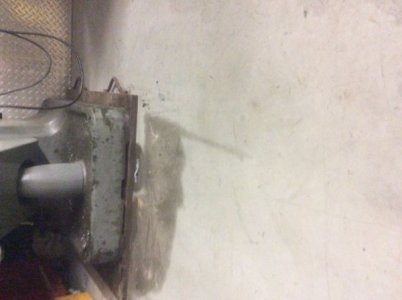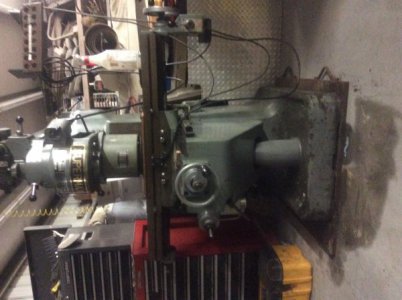- Joined
- Sep 27, 2014
- Messages
- 3,123
attempting to level mill, was thinking sheet metal but thickness are wrong , need .048 thick .
Wanting the hole corner foot shimmed not just a part of it, shim stock to skinny
Was thinking brass /aluminum is to soft
Any suggestions
Thanks
Wanting the hole corner foot shimmed not just a part of it, shim stock to skinny
Was thinking brass /aluminum is to soft
Any suggestions
Thanks



